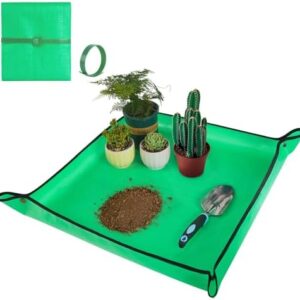Creating the perfect garden design layout for your home is like painting a beautiful canvas. It requires careful planning, creativity, and a touch of personal style. Whether you have a small backyard or a sprawling green space, there are a few key steps to consider when designing your outdoor oasis.
First and foremost, it’s important to assess your space and understand its potential. Take note of the size and shape of your garden, as well as any existing features such as trees, shrubs, or structures. Consider how you use your outdoor space and what activities you enjoy – whether it’s entertaining guests, growing your own vegetables, or simply relaxing in a peaceful setting.
Once you have a clear picture of your garden space, it’s time to get creative. Think about the overall style and theme you want to achieve – whether it’s a formal English garden, a modern minimalist design, or a cozy cottage feel. Consider your home’s architecture and décor to ensure a seamless transition from indoors to outdoors.
When it comes to layout, balance and symmetry are key. Create focal points in your garden with eye-catching features such as a lush flowerbed, a decorative fountain, or a cozy seating area. Use pathways and borders to define different areas of your garden and create a sense of flow.
Incorporating a variety of elements will add interest and depth to your garden design. Mix and match different types of plants, flowers, and trees to create a diverse and dynamic landscape. Consider the seasonal changes in your garden and plan for year-round color and texture.
Another important aspect to consider is functionality. Design your garden layout with practicality in mind, making sure to leave space for dining, seating, and storage. Consider adding a pergola or gazebo for shade and shelter, or a fire pit for cozy evenings under the stars.
When it comes to maintenance, choose plants and materials that are well-suited to your climate and require minimal care. Consider creating a sustainable garden by incorporating native plants, composting, and using eco-friendly irrigation systems.
Lastly, don’t forget to add your personal touch to your garden design. Whether it’s a whimsical sculpture, a unique planting arrangement, or a cozy nook for reading, infuse your outdoor space with elements that reflect your personality and interests.
In conclusion, creating the perfect garden design layout for your home is a blend of art and science. By carefully planning and considering your space, style, and needs, you can create a beautiful and functional outdoor oasis that enhances your home and lifestyle. So roll up your sleeves, grab your gardening tools, and let your creativity bloom in your very own garden paradise.






